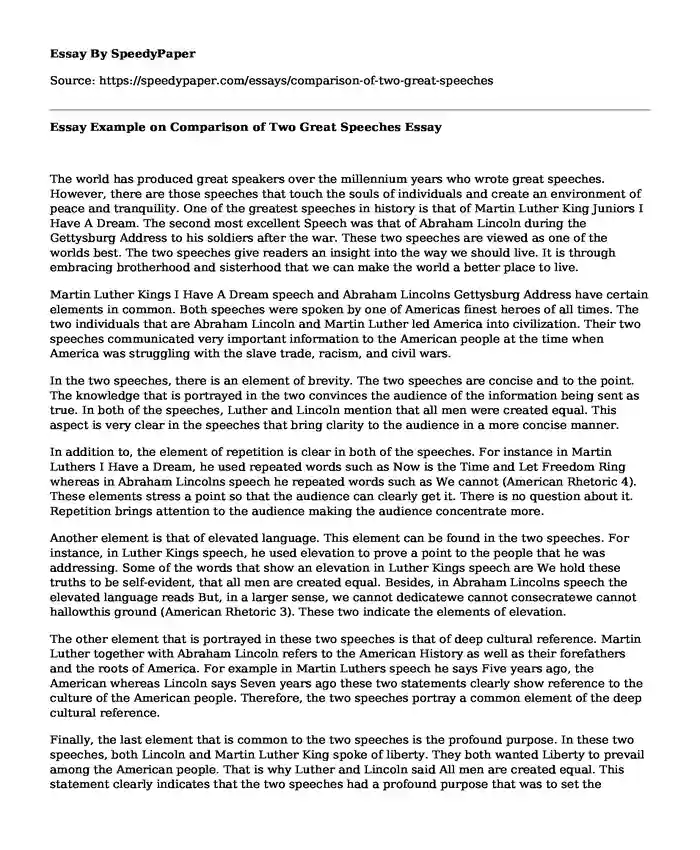Coding theory is a branch of mathematics that deals with the design and analysis of codes, which are used to transmit information over a noisy channel. In this case study, we will examine a real-world application of coding theory in the field of data storage and retrieval.
One of the main challenges in data storage is ensuring the integrity and reliability of the information being stored. This is especially important in situations where data loss or corruption could have serious consequences, such as in the case of financial records or medical records. One way to address this issue is through the use of error-correcting codes, which can detect and correct errors that may occur during transmission or storage.
One popular class of error-correcting codes is known as Reed-Solomon codes, which were developed by Irving Reed and Gustave Solomon in 1960. These codes are based on polynomial algebra and are widely used in many different applications, including CD and DVD storage, satellite communications, and deep space communication.
One specific application of Reed-Solomon codes is in the field of hard disk drives (HDD). HDDs are used to store large amounts of data on a spinning disk, which is accessed by a read/write head. However, due to the mechanical nature of HDDs, it is possible for errors to occur during the reading and writing process. This is where Reed-Solomon codes come in.
HDD manufacturers use Reed-Solomon codes to encode the data being written to the disk, adding an extra layer of protection against errors. If an error is detected during the reading process, the Reed-Solomon code can be used to correct the error, ensuring that the data is retrieved accurately.
In addition to their use in error correction, Reed-Solomon codes are also used in data fragmentation and interleaving. Data fragmentation involves breaking up large blocks of data into smaller chunks, which can be stored on different parts of the disk. This helps to reduce the impact of errors, as it is less likely that all of the fragments will be affected by a single error. Interleaving is a similar process, in which the data is rearranged in a specific pattern to spread out the errors and make them easier to correct.
In conclusion, coding theory plays a vital role in ensuring the reliability and integrity of data storage systems. The use of Reed-Solomon codes in hard disk drives is just one example of how coding theory is applied in the real world to solve practical problems and improve the performance of systems.
A personal research paper is a document that focuses on a specific topic or issue that is of personal interest to the writer. It is an opportunity for the writer to delve into a topic in depth, using their own knowledge and research skills to explore and understand the subject.
There are many benefits to writing a personal research paper. It allows the writer to develop their critical thinking skills, as they must evaluate and analyze various sources of information in order to form their own opinions and conclusions about the topic. It also helps the writer to improve their writing skills, as they must effectively communicate their ideas and findings in a clear and concise manner.
In order to write a successful personal research paper, it is important to start by choosing a topic that is both interesting and feasible. The topic should be something that the writer is passionate about and has a genuine desire to learn more about. It should also be narrow enough to be manageable, but broad enough to allow for a thorough exploration of the subject.
Once a topic has been chosen, the writer should begin the research process. This may involve reading and reviewing relevant literature, conducting interviews or surveys, or collecting data from other sources. It is important to carefully evaluate the credibility and reliability of any sources used, in order to ensure that the information presented is accurate and reliable.
As the research process progresses, the writer should begin to organize their thoughts and ideas into an outline or structure for the paper. This may include creating an introduction, outlining the main points and arguments to be made, and identifying any counterarguments that may be presented.
When writing the actual paper, it is important to use clear and concise language, and to support any claims or arguments made with evidence from the research. The paper should be well-structured, with a logical flow of ideas, and should be free of errors or mistakes.
Overall, writing a personal research paper is a challenging but rewarding experience that allows the writer to delve deeply into a topic of personal interest and to develop their critical thinking and writing skills. It is a valuable opportunity for personal and academic growth and development.







